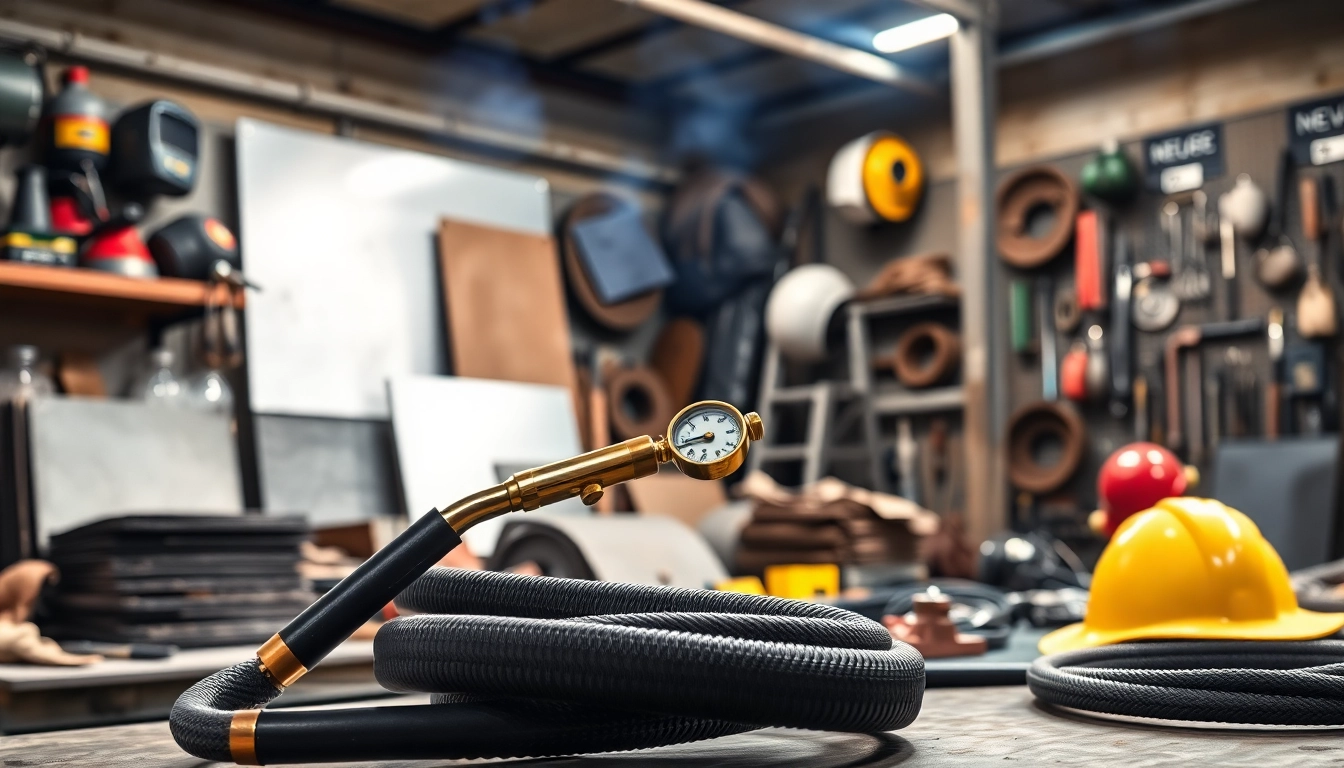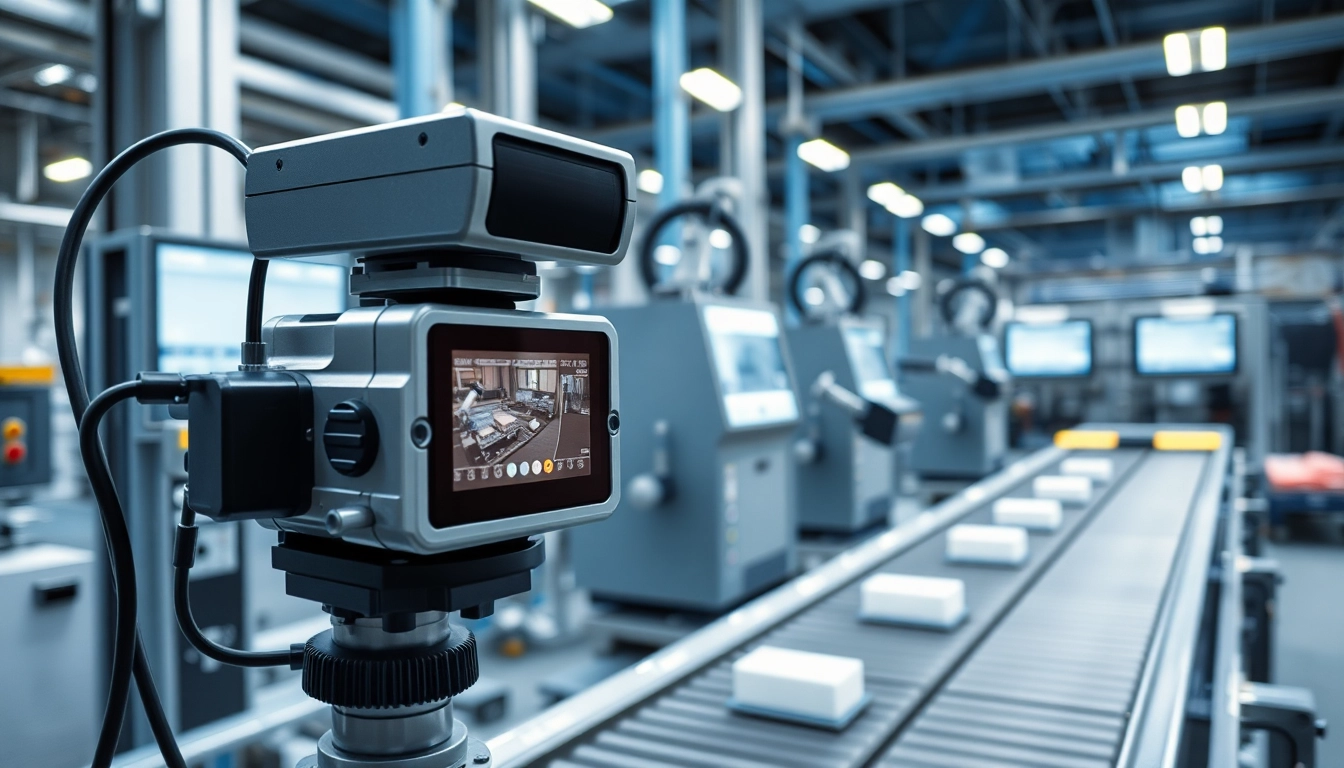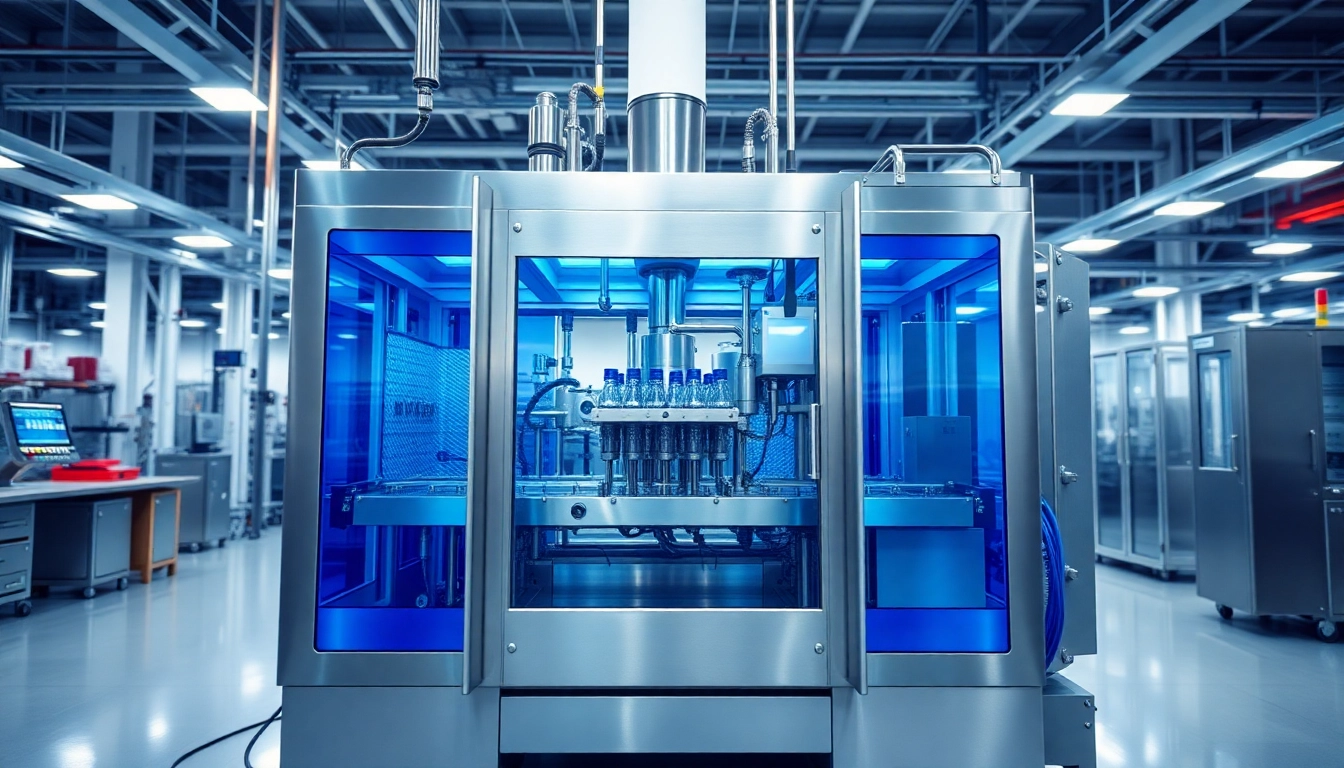Understanding Oxy Acetylene Welding Kits
1. What is an oxy acetylene welding kit?
An oxy acetylene welding kit is a versatile setup commonly used in manufacturing and metalworking for joining materials using heat. Unlike electric welding, oxy acetylene welding uses a flame produced by burning a mixture of oxygen and acetylene, which generates a high-temperature flame capable of melting metal. Oxy acetylene welding is often favored by professionals and DIY enthusiasts alike due to its portability and ease of use, making it ideal for both light and heavy-duty applications.
2. Components of a traditional kit
A standard oxy acetylene welding kit typically includes several essential components:
- Welding Torch: This is the primary tool used to deliver the flame. The torch comes with various nozzle tips for different welding needs.
- Oxygen Cylinder: A high-pressure tank storing oxygen, which is essential for achieving higher flame temperatures.
- Acetylene Cylinder: Another high-pressure tank containing acetylene gas, which fuels the flame.
- Regulators: These control the pressure and flow of oxygen and acetylene gas from the cylinders to the torch.
- Hoses: Flexible pipes that connect the regulators to the torch, allowing gas to flow safely.
- Safety Gear: Essential protective equipment like gloves, goggles, and flame-resistant clothing to ensure user safety while welding.
3. Advantages of using oxy acetylene welding
Using an oxy acetylene welding kit offers numerous advantages, including:
- Flexibility: It can be used for welding, cutting, brazing, and heating different metals, making it multifunctional.
- Portability: The equipment can be easily transported, allowing for on-site jobs without the need for heavy machinery.
- Cost-Effective: Compared to other welding methods, oxy acetylene setups are generally less expensive, particularly for home and small business use.
- Control: Welders can easily adjust the flame and heat based on the specific material and desired results, offering a high level of precision.
Choosing Your Oxy Acetylene Welding Kit
1. Factors to consider when purchasing
Selecting the right oxy acetylene welding kit involves considering several key factors:
- Welding Needs: Evaluate the types of projects you will undertake. Light welding tasks may require a basic kit, while more complex work may necessitate advanced equipment.
- Budget: Determine how much you are willing to invest. Basic kits are available at various price points, so setting a budget beforehand helps narrow your options.
- Safety Features: Look for kits that prioritize safety, including built-in safety valves and protective gear to minimize risks during operation.
- Brand Reputation: Choose kits from brands known for reliability and quality. Research user reviews and ratings before making a purchase.
2. Recommended brands for beginners
For those new to welding, it is helpful to start with reputable brands that are friendly to beginners. Some highly recommended brands include:
- Unimig: Offers versatile and affordable options tailored for beginners and enthusiasts.
- AHP: Known for producing reliable oxy acetylene welding kits with user-friendly features.
- Harris: A respected name in the welding industry, Harris provides a range of kits suitable for professionals and hobbyists alike.
3. Shopping tips and budget considerations
When shopping for an oxy acetylene welding kit, keep in mind the following tips:
- Assessing Reviews: Always check customer reviews and expert opinions on specific models to gauge performance and reliability.
- Compare Prices: Look for deals and compare prices across different retailers to ensure you get the best value for your money.
- Consider Additional Costs: Factor in the costs of gas, maintenance, and necessary protective gear when budgeting your purchase.
Safety Practices for Using Oxy Acetylene Welding Kits
1. Essential safety gear and equipment
Safety is paramount when using an oxy acetylene welding kit. Essential gear includes:
- Welding Helmet: A proper helmet with an auto-darkening lens can protect your eyes and face from intense light and heat.
- Protective Gloves: Durable, heat-resistant gloves are crucial for protecting your hands while handling hot materials.
- Flame-Resistant Clothing: Wear long sleeves and pants made of flame-resistant fabric to protect your skin from sparks and heat.
- Respiratory Protection: Consider using a mask to protect against harmful fumes generated during welding.
2. Safety tips during operation
It is vital to follow strict safety protocols to minimize hazards during operation:
- Work in a Well-Ventilated Area: Ensure that your workspace has good ventilation to avoid fumes build-up.
- Clear the Workspace: Remove any flammable materials and clutter from your welding area before starting.
- Turn Off Equipment After Use: Always turn off gas supplies and disconnect hoses when your work is complete to prevent gas leaks.
3. Handling gas and storage precautions
Proper handling and storage of gases are critical for safety:
- Store Cylinders Upright: Always store oxygen and acetylene cylinders in an upright position, secured to prevent tipping.
- Check for Leaks: Regularly inspect all connections for leaks using a soap solution; if bubbles form, tighten the connection or replace damaged parts.
- Keep Cylinders Away from Heat: Maintain a safe distance between gas cylinders and sources of heat or ignition.
Techniques in Oxy Acetylene Welding
1. Basic welding techniques
Basic oxy acetylene welding techniques can be learned quickly:
- Welding Joint Preparation: Clean and prepare metal surfaces before welding to ensure a good bond. Remove any rust, paint, or debris.
- Flame Adjustment: Practice adjusting the flame to achieve a neutral flame, characterized by equal amounts of oxygen and acetylene.
- Control Heat Application: Move the torch smoothly and steadily across the joint, ensuring even heat distribution for a solid weld.
2. Common mistakes and how to avoid them
Beginners may encounter common pitfalls that can be easily avoided:
- Inconsistent Flame: Ensure the flame is always properly adjusted before starting to weld to avoid weak bonds.
- Too Much Heat: Overheating can warp metal, so practice finding the right balance of heat for your specific materials.
- Poor Joint Fit: Improper fit-up of joints can lead to weak welds; prepare and clamp joints securely before welding.
3. Advanced applications: When to upgrade your kit
As your skills develop, you may consider upgrading your equipment based on your evolving needs:
- Increased Duty Cycle: For heavier jobs, look for kits with higher duty cycles to accommodate longer welding sessions without overheating.
- Advanced Features: Some advanced kits offer features like dual-stage regulators and specialized nozzles for specific welding applications.
- Additional Accessories: Investing in additional tools like welding manipulators or auto-darkening helmets can enhance your welding capabilities.
Maintaining Your Oxy Acetylene Welding Kit
1. Regular maintenance checks
Proper maintenance ensures the longevity and safety of your welding kit:
- Inspect Hoses and Fittings: Regularly check hoses for cracks or leaks, replacing them as needed to maintain safety.
- Clean Connections: Keep regulator and torch connections clean to prevent gas leaks and ensure efficient operation.
- Cylinder Inspection: Monitor gas cylinders for compliance with expiration dates and pressure gauges, replacing them as necessary.
2. Troubleshooting common issues
Common issues can often be resolved with some simple troubleshooting:
- Flame Not Maintaining: If the flame goes out or becomes erratic, check gas supplies and connections for leaks.
- Difficulties Igniting the Torch: Check that cylinders are open and pressure levels are adequate; ensure spark igniters are functioning.
- Popping or Hissing Sounds: These sounds may indicate leaks: stop using the torch and conduct a thorough inspection.
3. Longevity tips for your equipment
To extend the life of your oxy acetylene welding kit, consider these tips:
- Store Properly: Keep your welding kit in a cool, dry place, away from direct sunlight and extreme temperatures.
- Avoid Overuse: Give your equipment time to cool down between uses to prevent overheating and undue wear.
- Invest in Quality: Always prioritize quality over price when purchasing new components to ensure durability and reliability.



